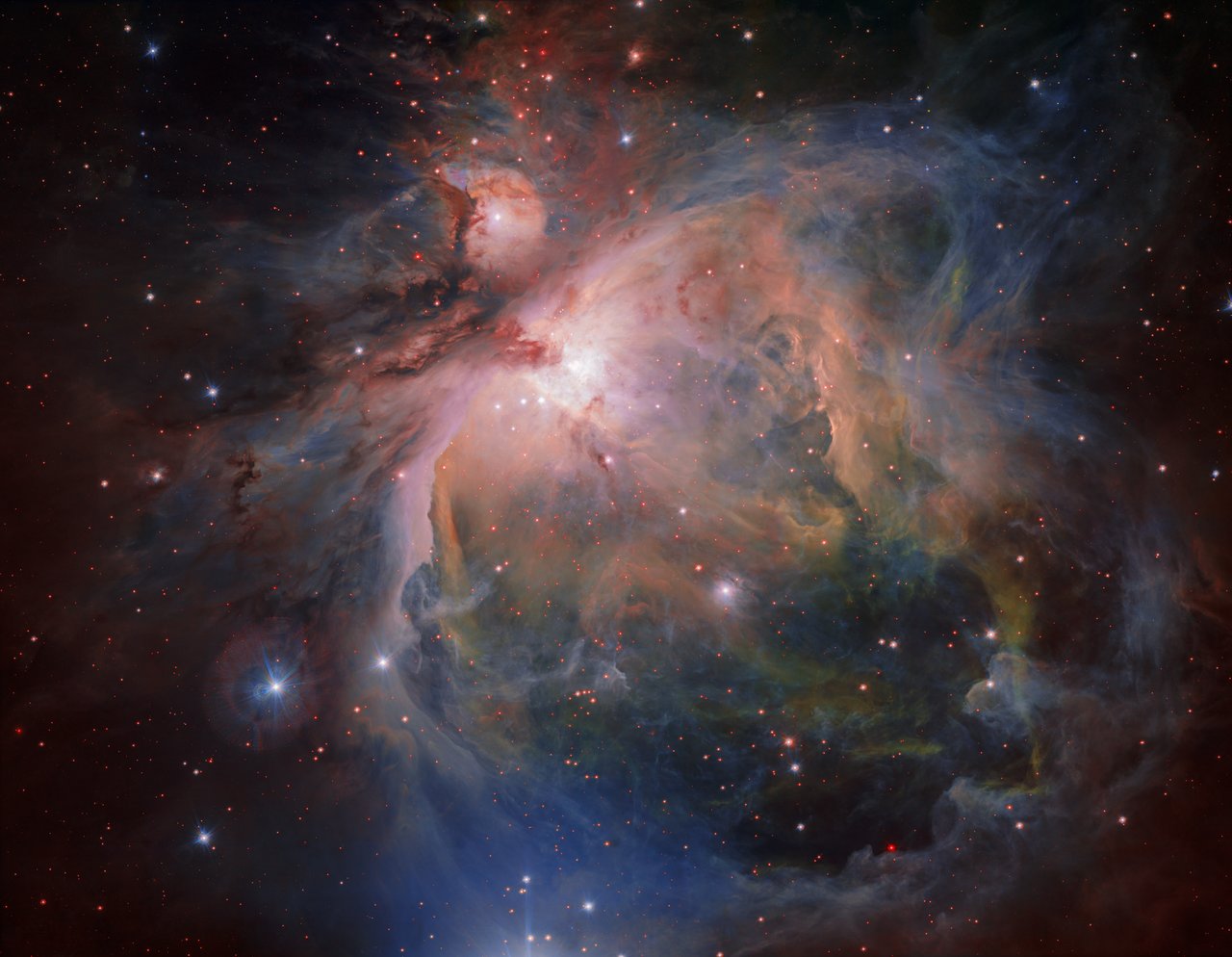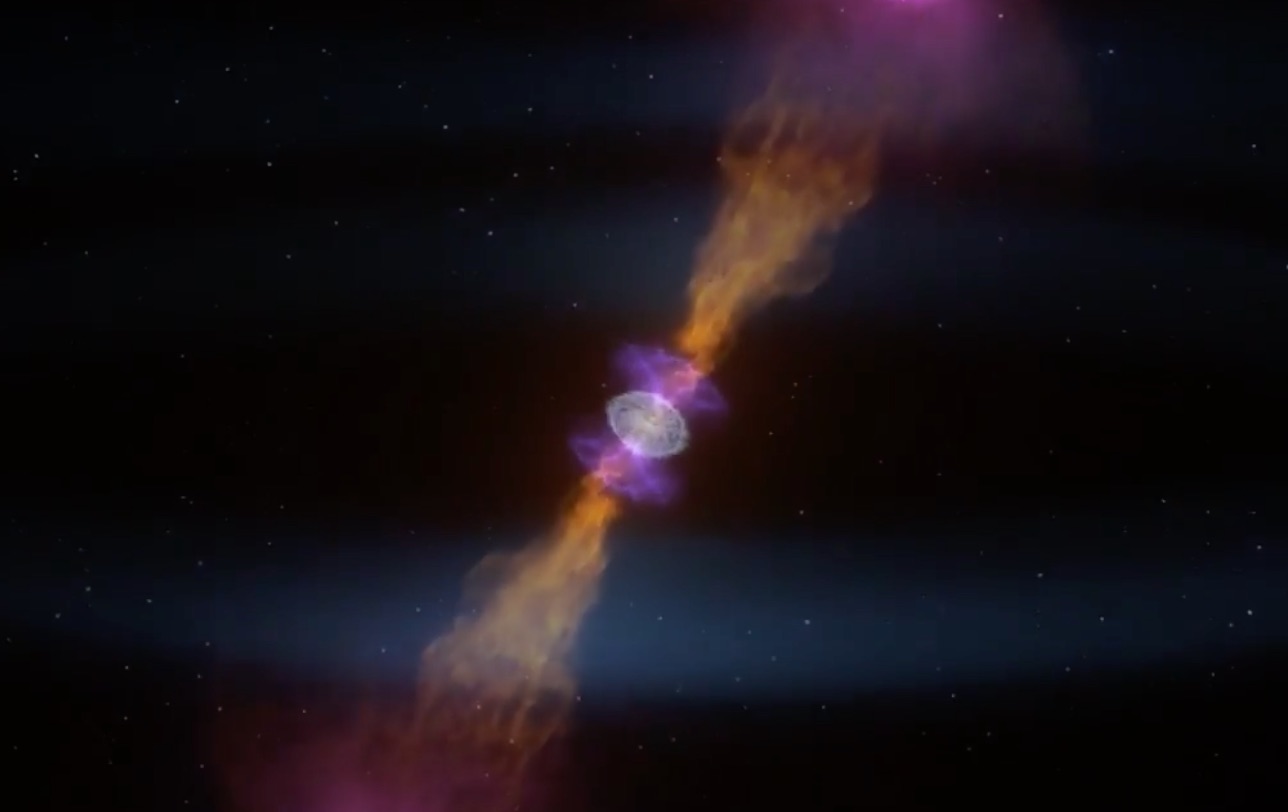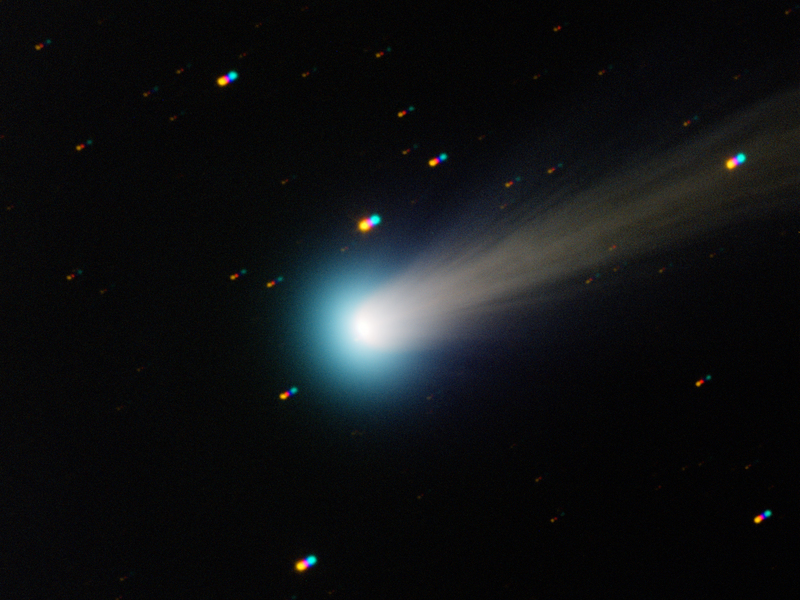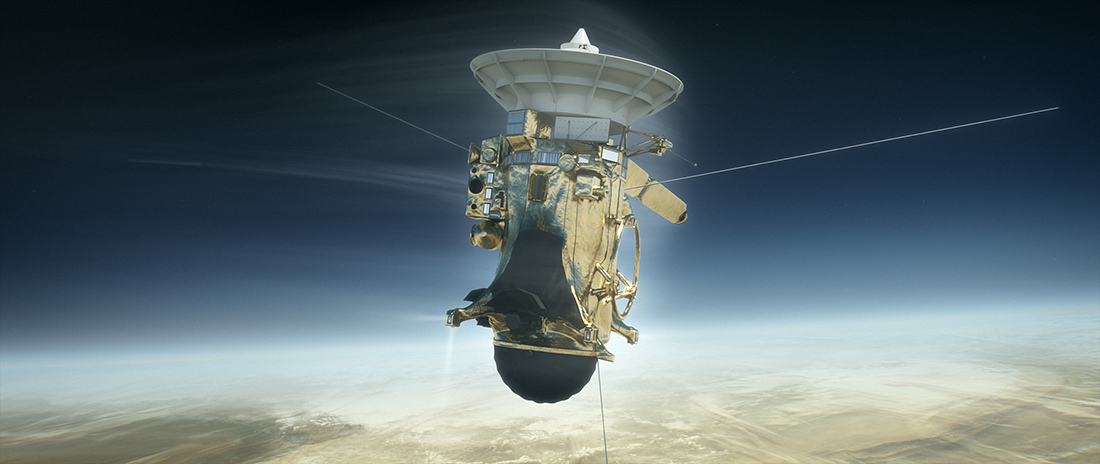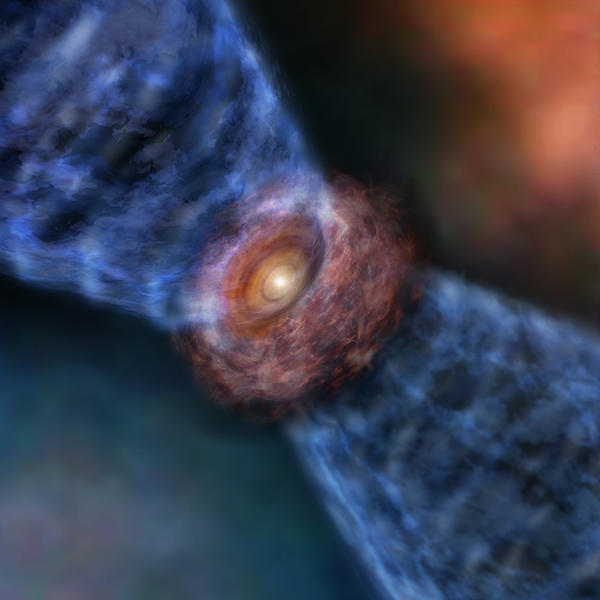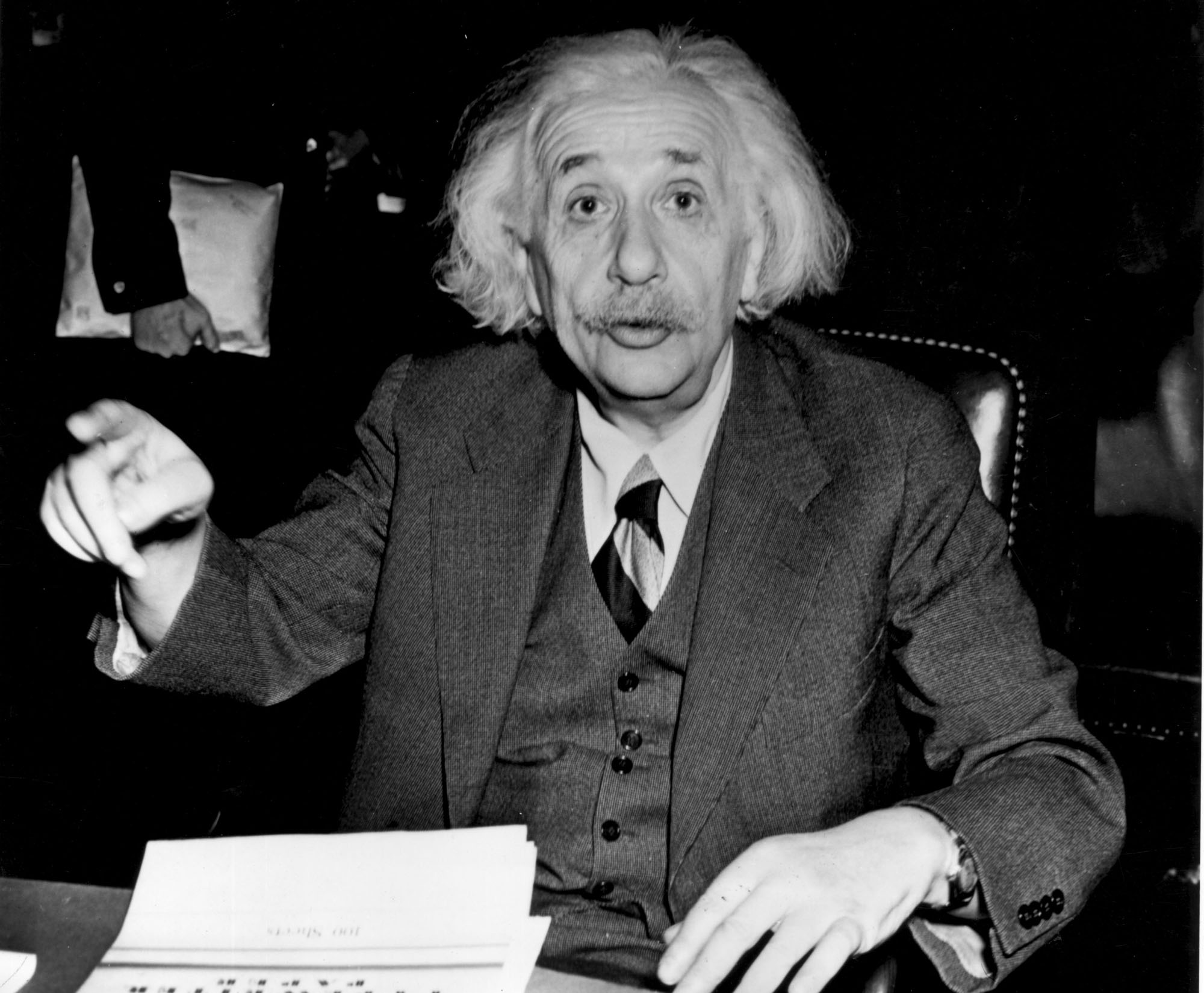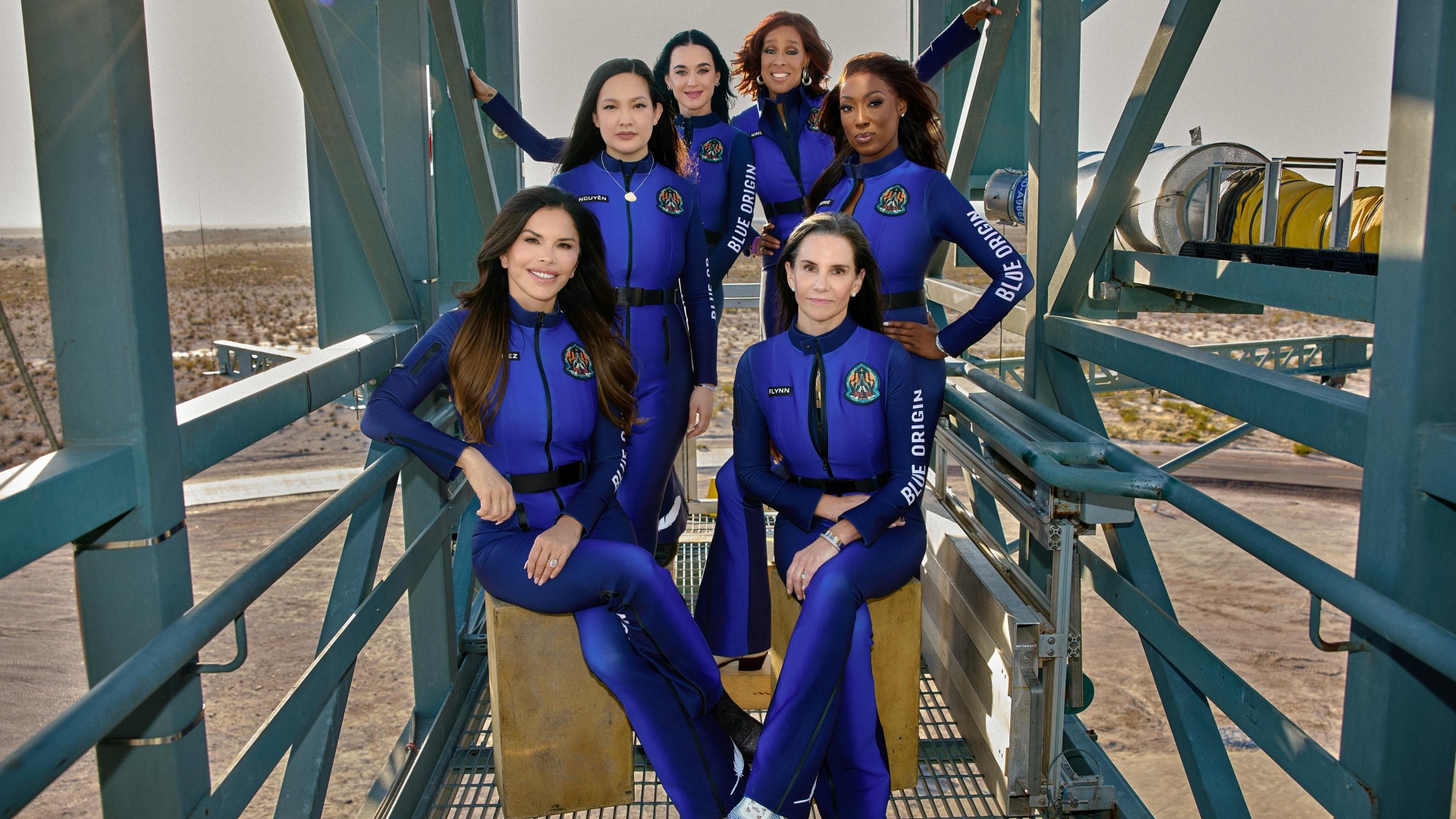Ian O'Neill
Ian O'Neill is a media relations specialist at NASA's Jet Propulsion Laboratory (JPL) in Southern California. Prior to joining JPL, he served as editor for the Astronomical Society of the Pacific‘s Mercury magazine and Mercury Online and contributed articles to a number of other publications, including Space.com, Space.com, Live Science, HISTORY.com, Scientific American. Ian holds a Ph.D in solar physics and a master's degree in planetary and space physics.
Latest articles by Ian O'Neill
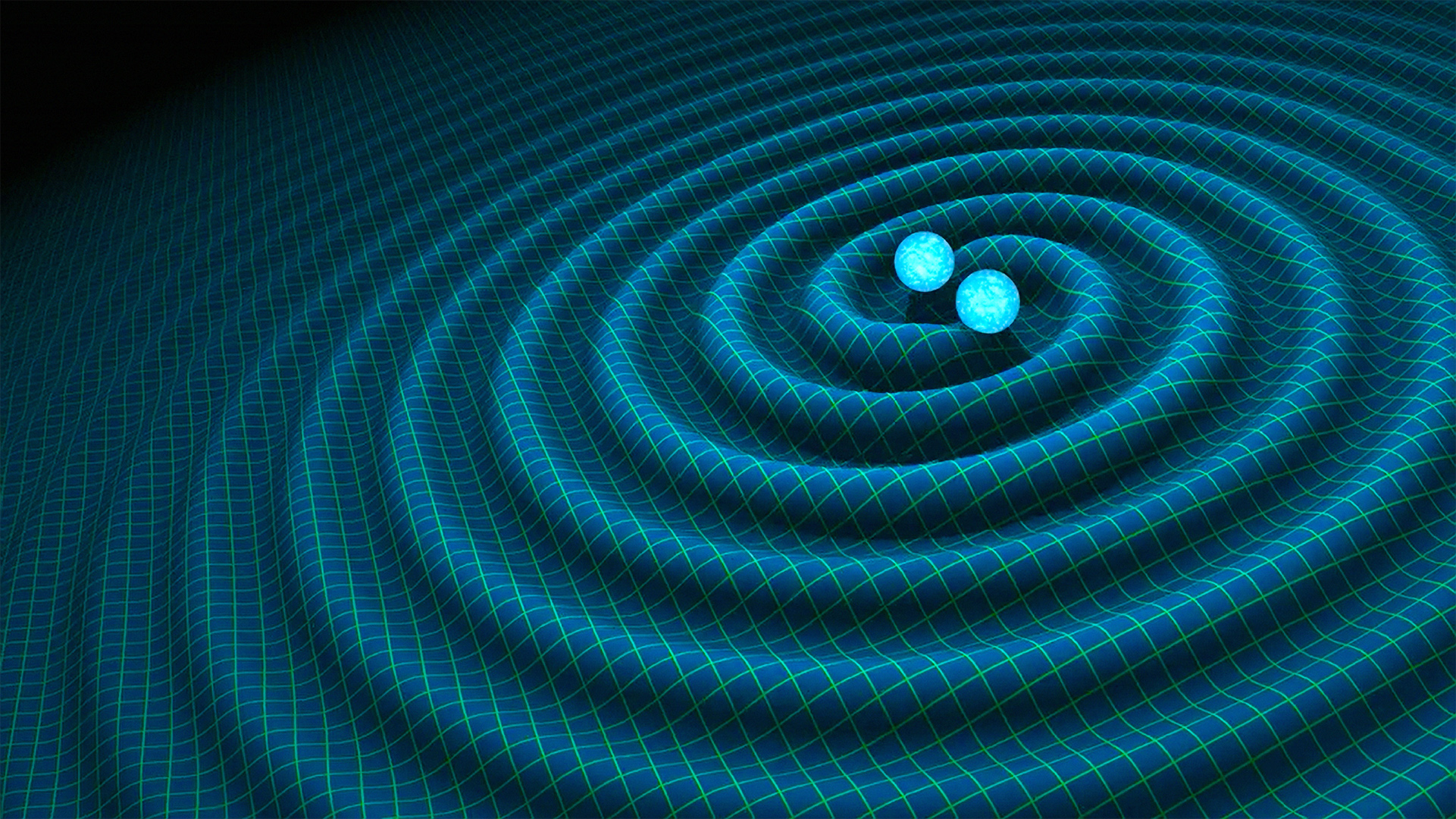
Could This Bold New Technique Boost Gravitational-Wave Detection?
By Ian O'Neill published
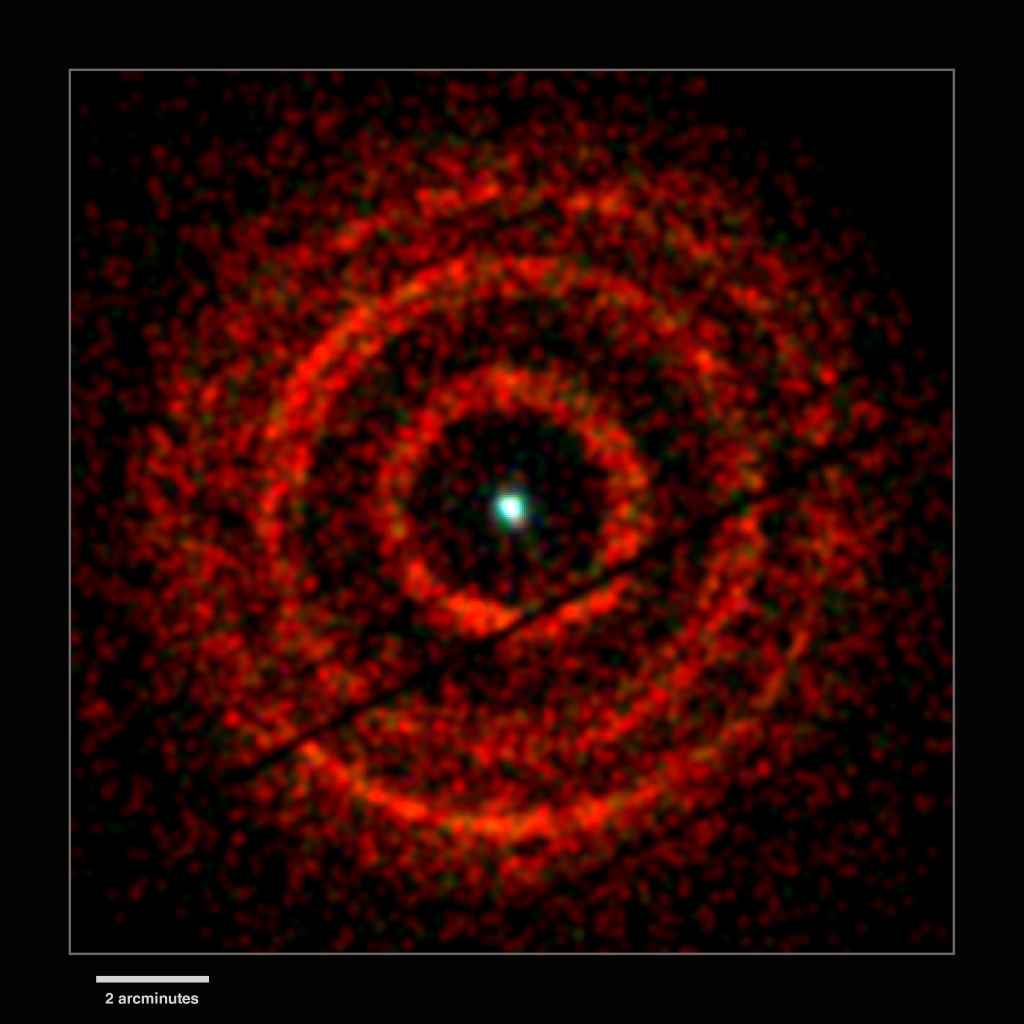
Black Hole's Personality Not as Magnetic as Expected
By Ian O'Neill published
In 2015, a stellar-mass black hole in a binary star system underwent an accretion event causing it to erupt brightly across the electromagnetic spectrum.
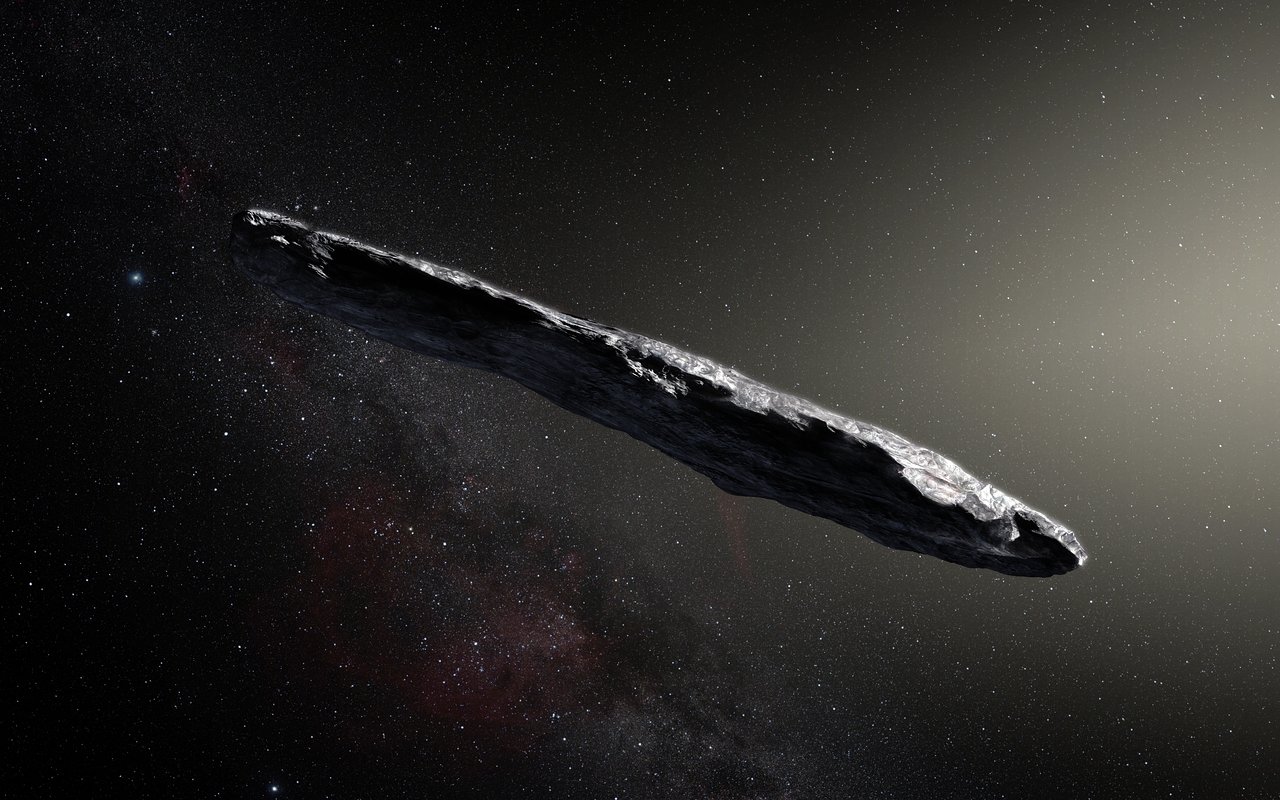
Wow! 1st Interstellar Asteroid Is a Spinning Space Cigar
By Ian O'Neill published
The interstellar asteroid that zoomed past Earth last month is like nothing we’ve seen before, new observations reveal.
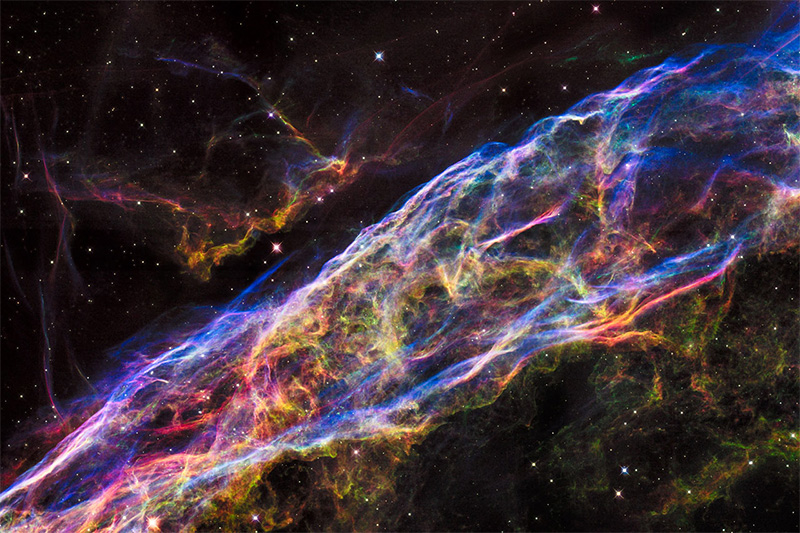
Antimatter Angst: The Universe Shouldn't Exist
By Ian O'Neill published
The universe shouldn't exist, according to new ultra-precise measurements of anti-protons.
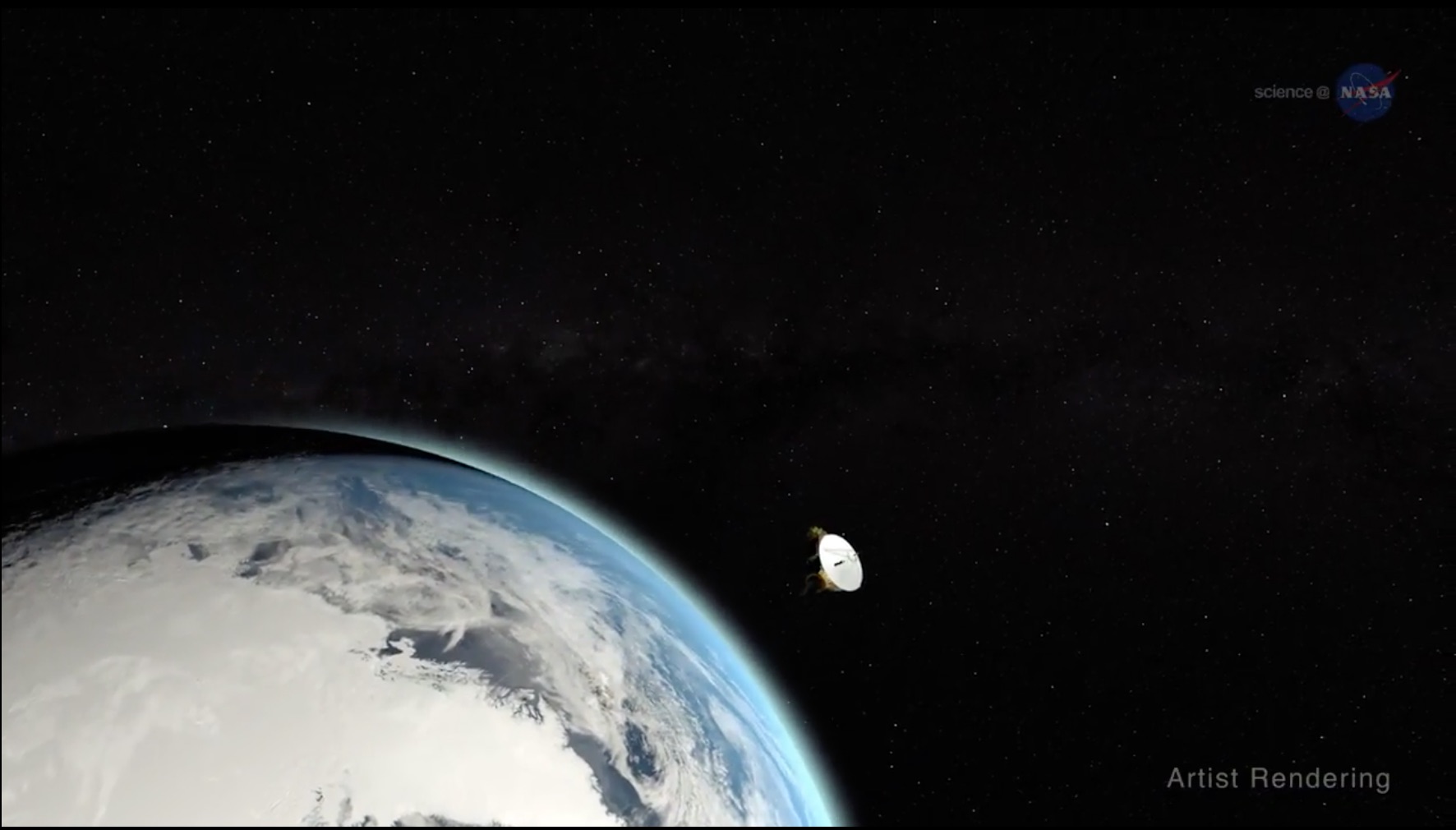
Relive New Horizons Probe's Historic Discoveries with Epic NASA Video
By Ian O'Neill published
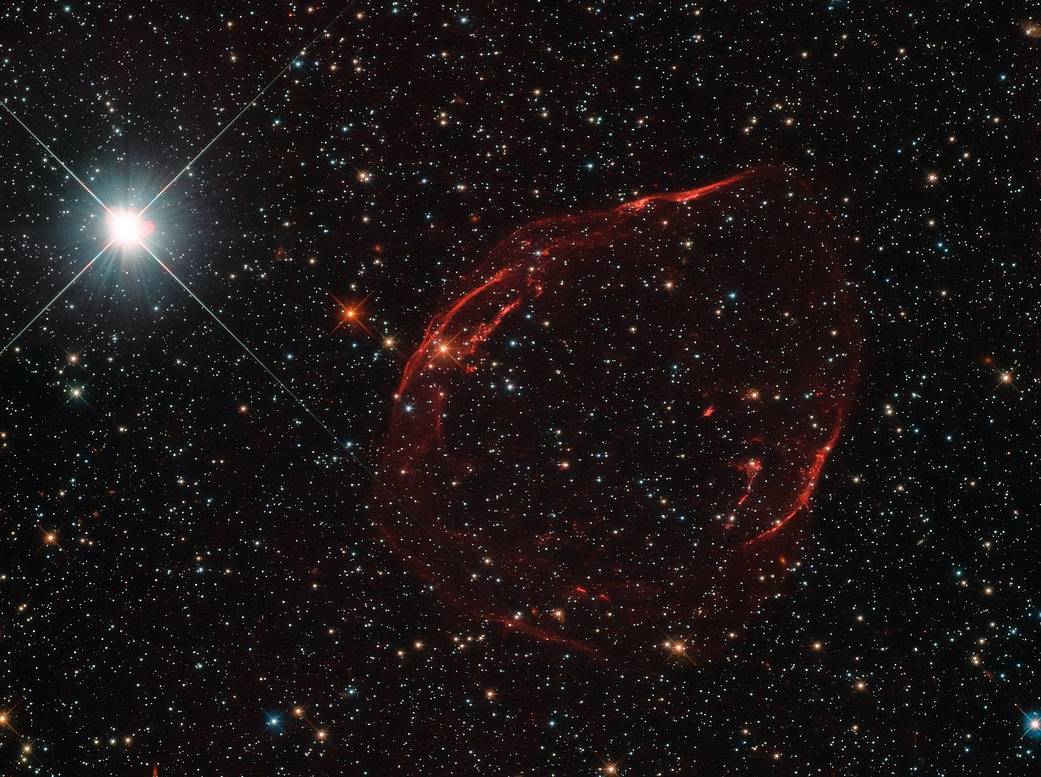
Could the Hunt for Hubble's Constant Overturn the Standard Model of Cosmology?
By Ian O'Neill published
Two methods that scientists use to measure the expansion of the universe produce different answers. A recent episode of NASA's ScienceCasts video series explores this conundrum.
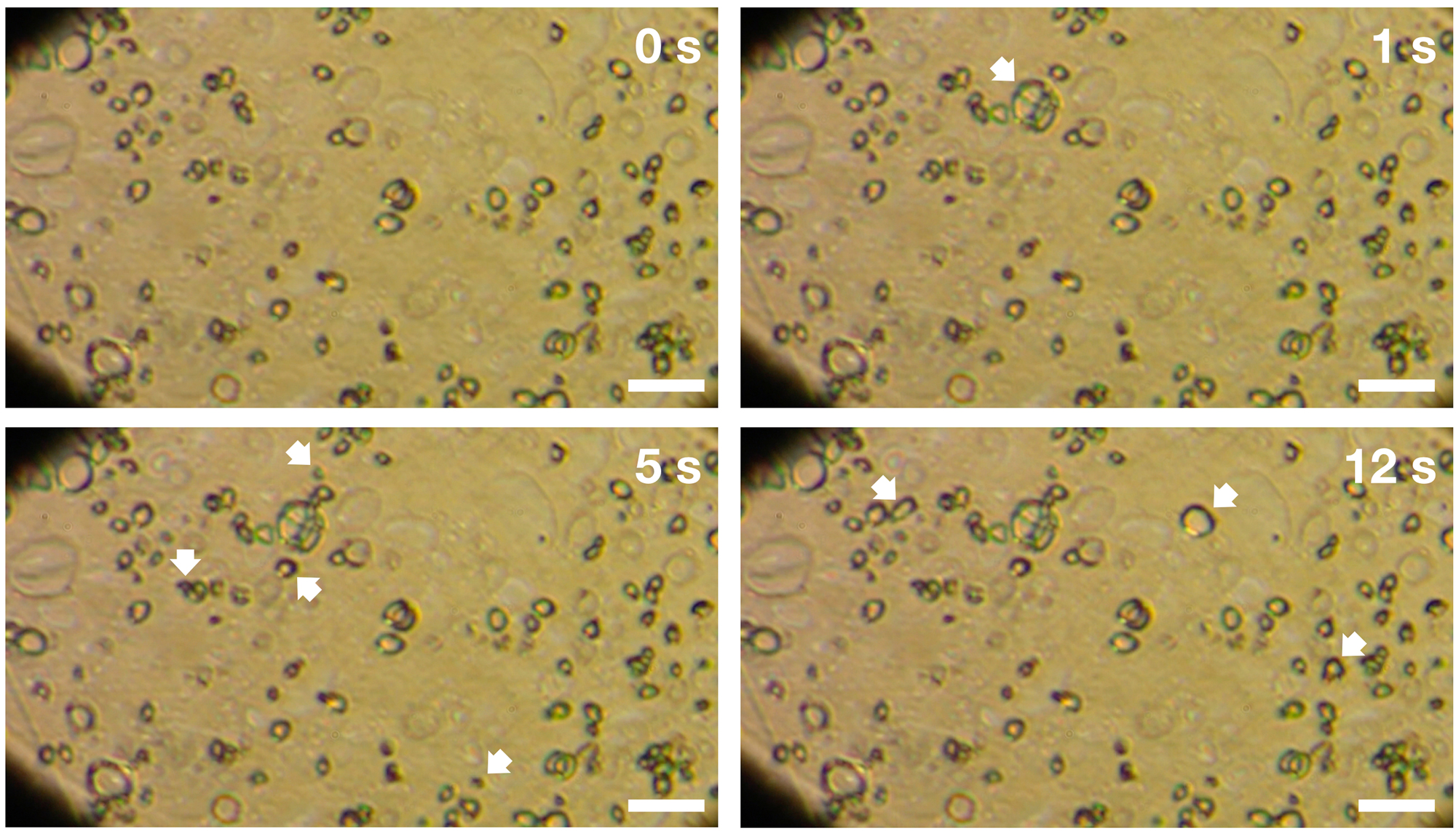
Interstellar Ice Acts Like a Liquid in Ultraviolet Light
By Ian O'Neill published
When exposed to ultraviolet light, interstellar ice may act more like a liquid than a solid, a new study has found.
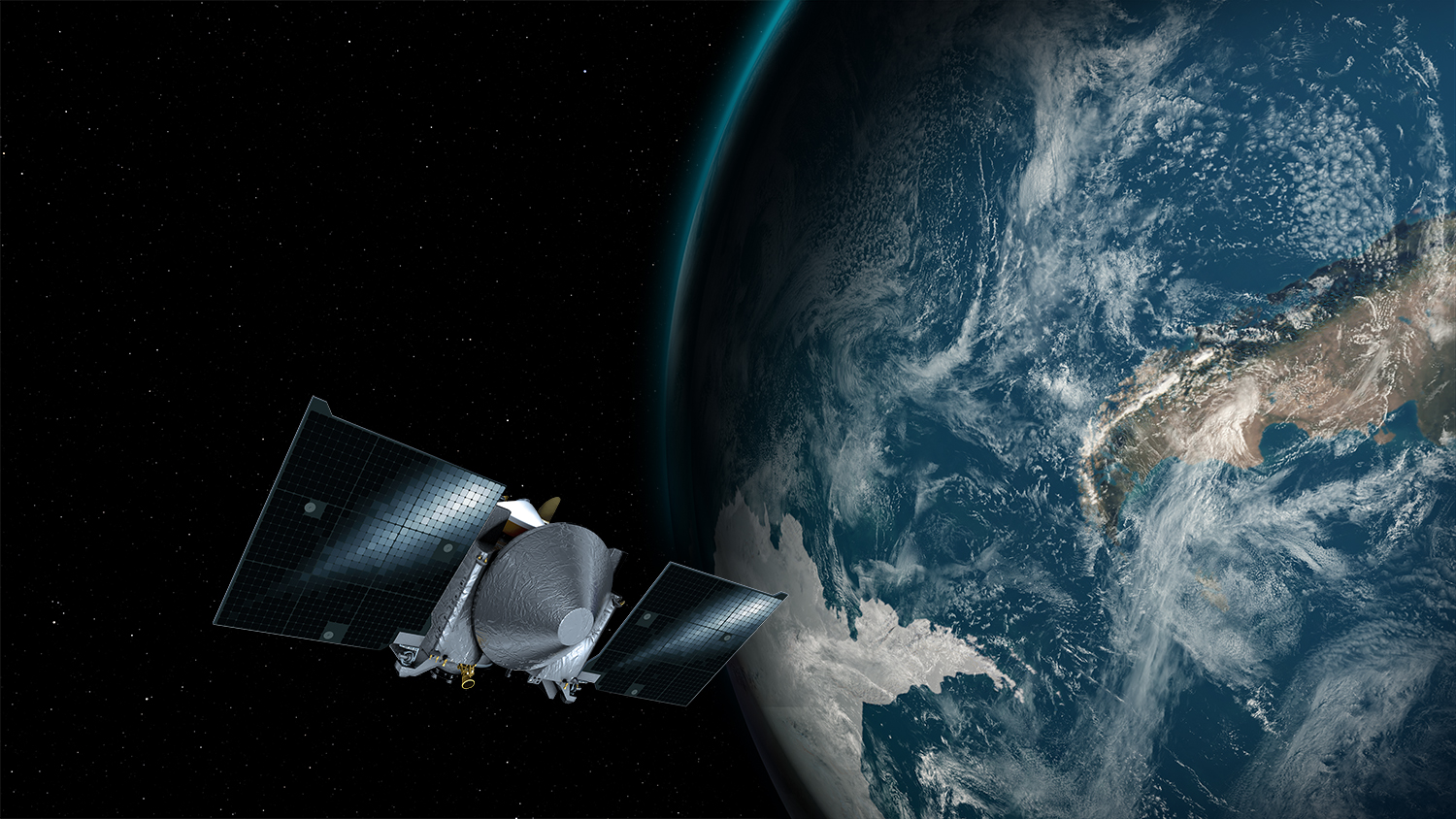
How Gravity Assists Work: Asteroid Probe's 'Interplanetary Billiards' Flyby Explained
By Ian O'Neill published
After already traveling millions of miles into space, a NASA asteroid probe will soon return to Earth to take advantage of the planet's gravity.
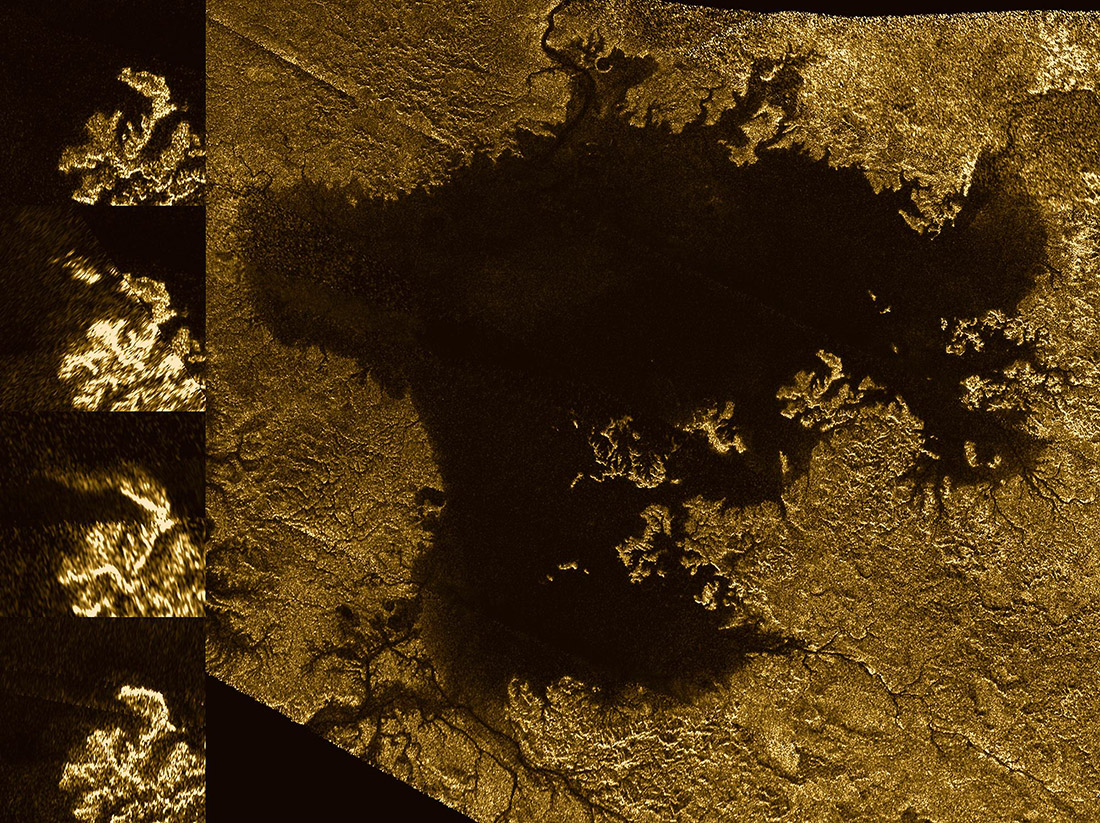
Habitable Titan? Cassini, Huygens Revealed Wonders of Saturn's Biggest Moon
By Ian O'Neill published
The Cassini-Huygens mission has revealed Saturn's huge moon Titan in all its frigid, exotic glory.
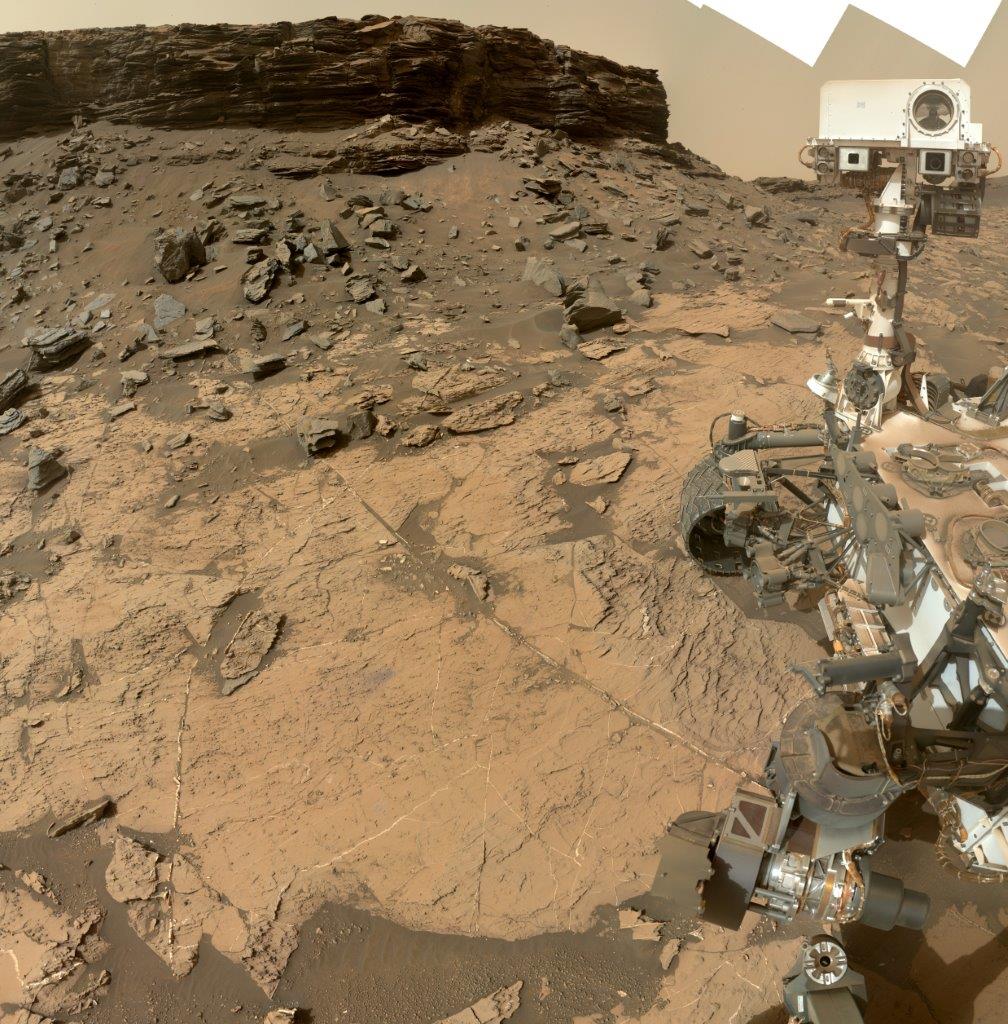
There Is Boron on Mars — Another Sign the Red Planet Could Have Hosted Life
By Ian O'Neill published
NASA's Mars rover Curiosity has discovered boron in Gale Crater — new evidence that the Red Planet may have been able to support life on its surface in the ancient past.
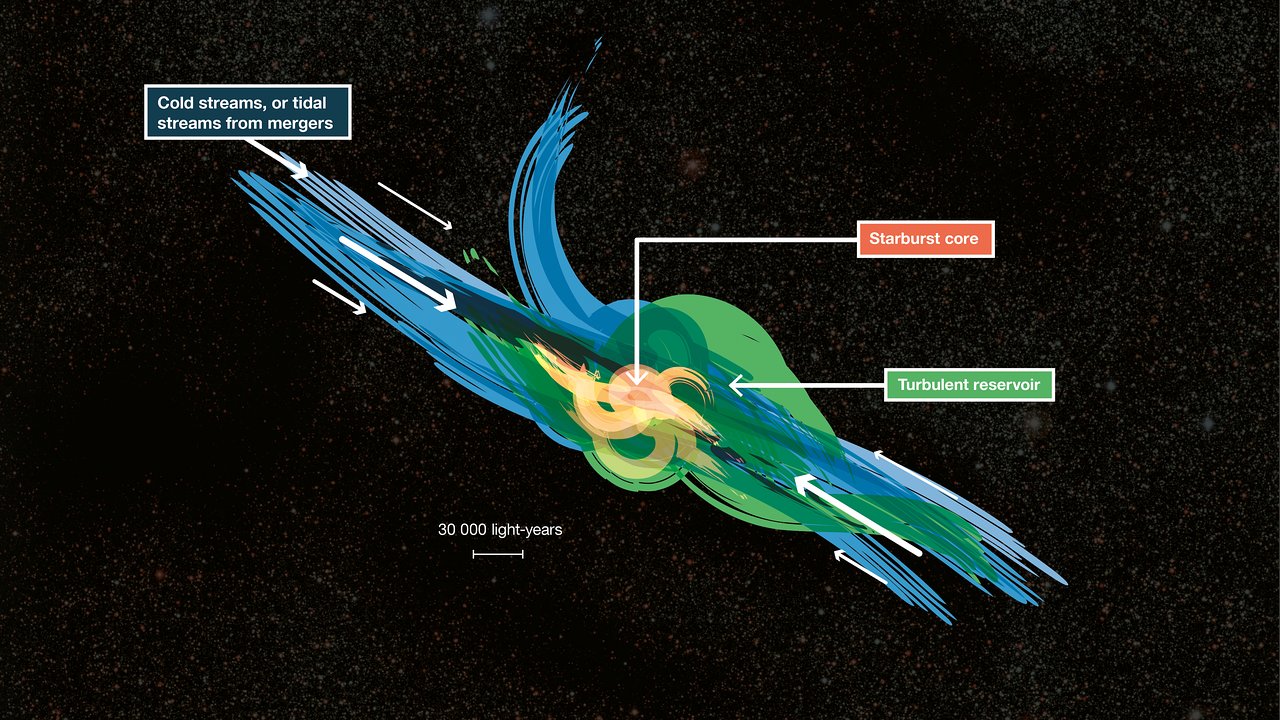
Galactic Winds Halted Ancient Star Birth, But May Have Started It Elsewhere
By Ian O'Neill published
Galactic winds that bowled through ancient galaxies and strangled star formation may have also created reservoirs of gas where star formation could continue, a new study shows.
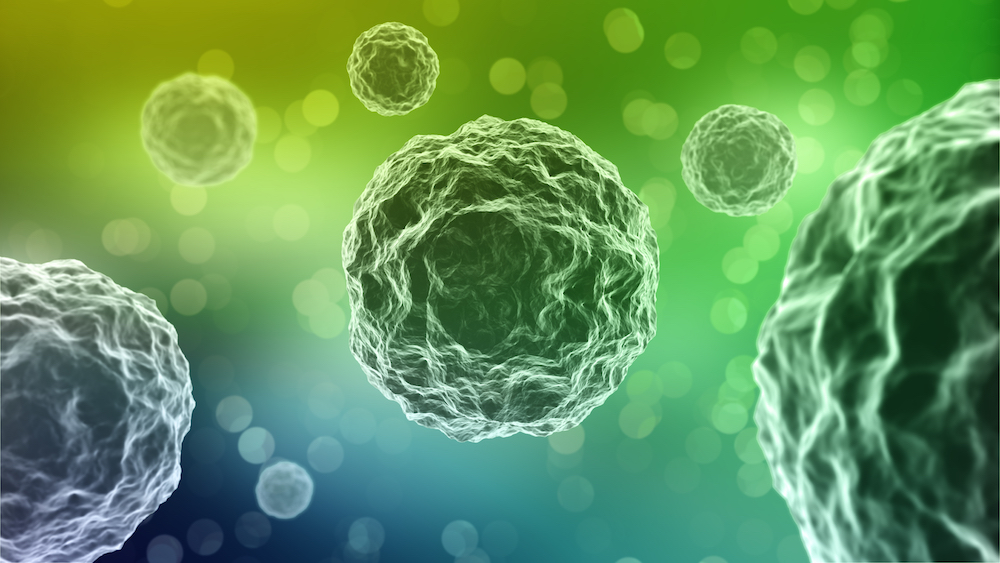
Was the Origin of Life a Fluke? Or Was It Physics?
By Ian O'Neill published
Physical systems that are out of equilibrium may naturally produce self-replicating chemical reactions, one of the necessary steps in the origin of life.
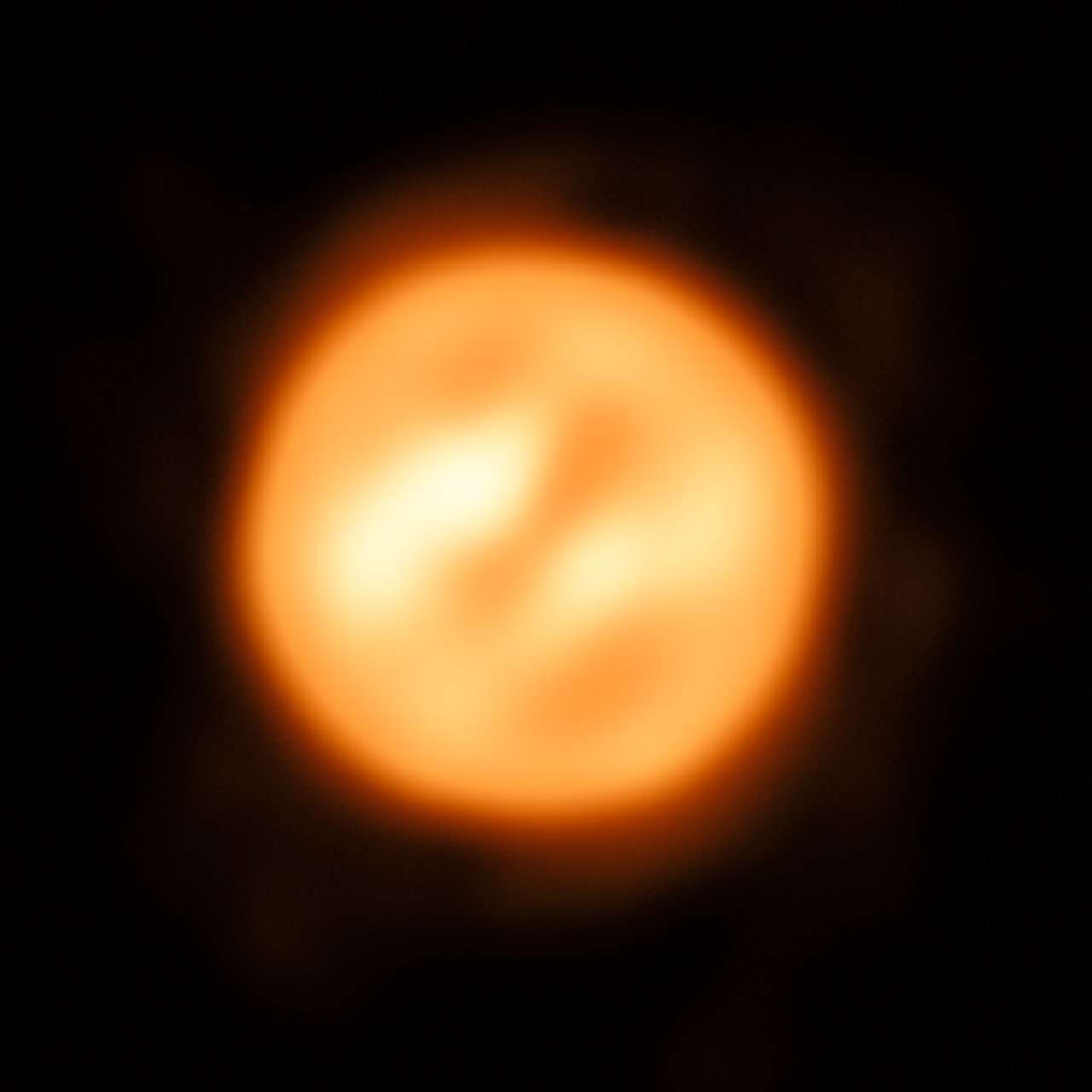
See the Best-Ever Imagery of a Star Beyond the Sun (Photos, Video)
By Ian O'Neill published
A new photo of the red "supergiant" Antares is the best ever captured of a star other than the sun, researchers said.
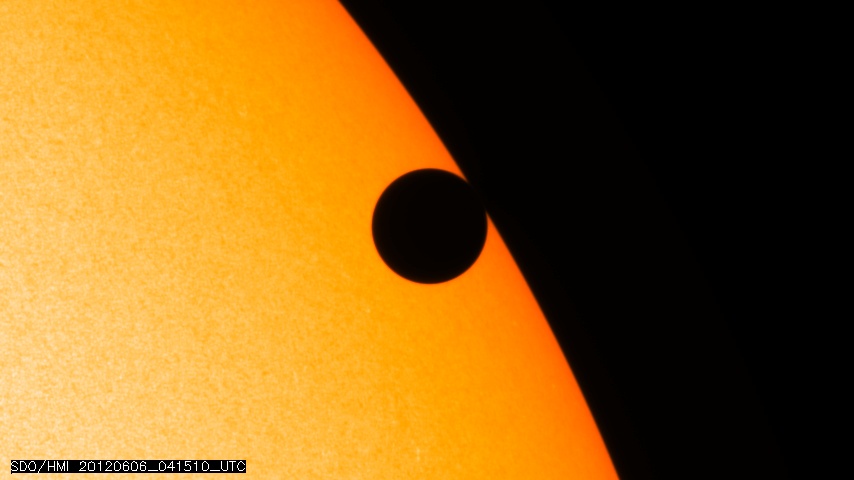
How Eclipses Reveal Information About Alien Worlds, Light-Years Away
By Ian O'Neill published
Most "eclipses" don't involve the sun and the moon at all.
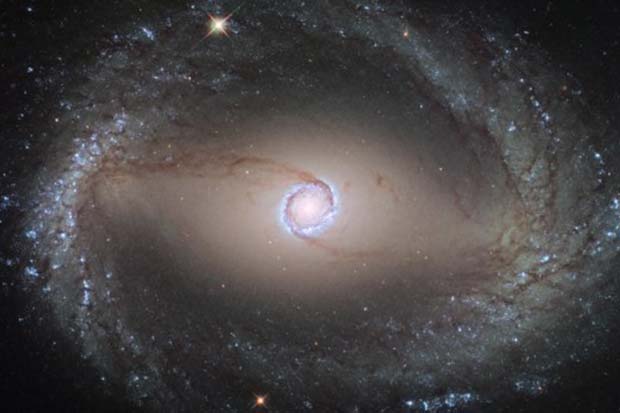
Hubble Telescope Sees Merging 'David and Goliath' Galaxy Pair (Photos, Video)
By Ian O'Neill published
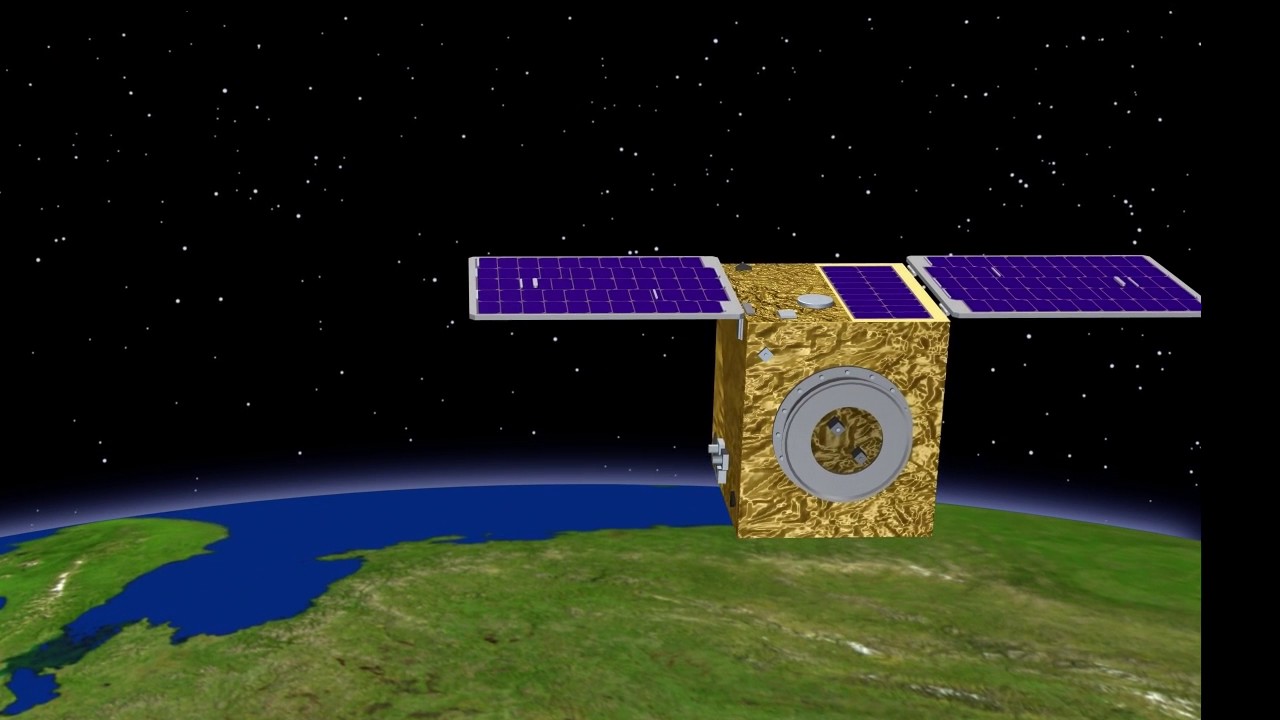
Unhackable Data: In a First, Secure Quantum Communications Is Tested Via Microsatellite
By Ian O'Neill published
For the first time, scientists have demonstrated laser communications between a microsatellite and a ground station while using the quantum nature of photons to secure the data being transmitted.
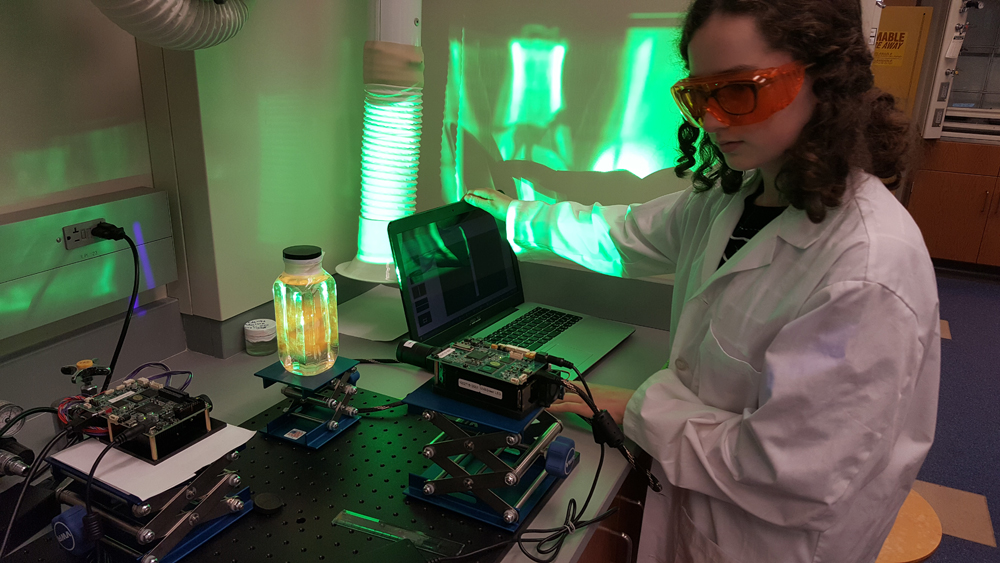
Cool! 'Star Wars'-Like Tech Warps Light into 360-Degree 3D Images
By Ian O'Neill published
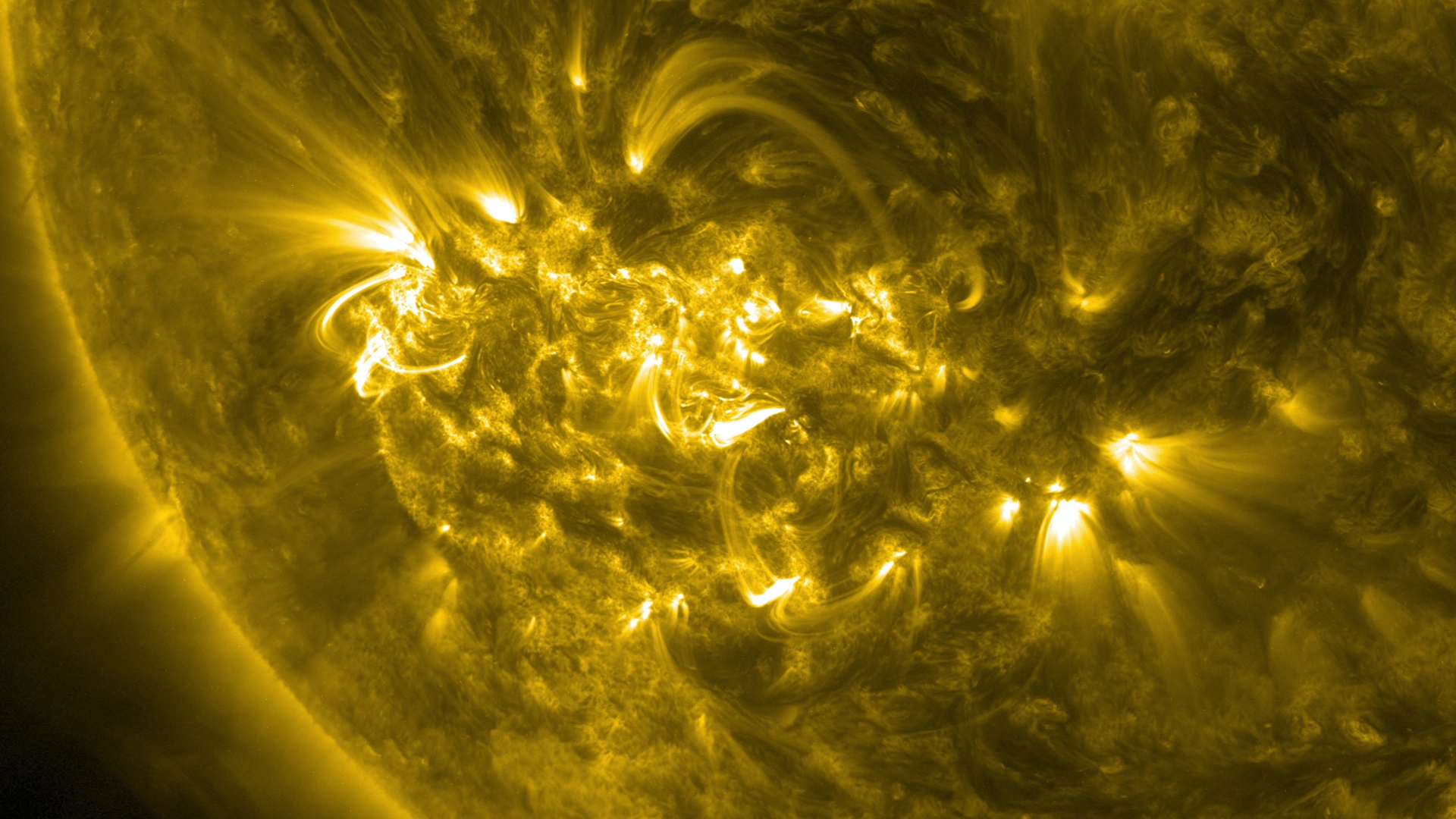
The Sun Might Be an 'Ordinary' Star After All
By Ian O'Neill published
Is our sun fundamentally different from other "sun-like" stars? This question highlights an ongoing controversy about whether our nearest star is unique or, in fact, an "ordinary star."
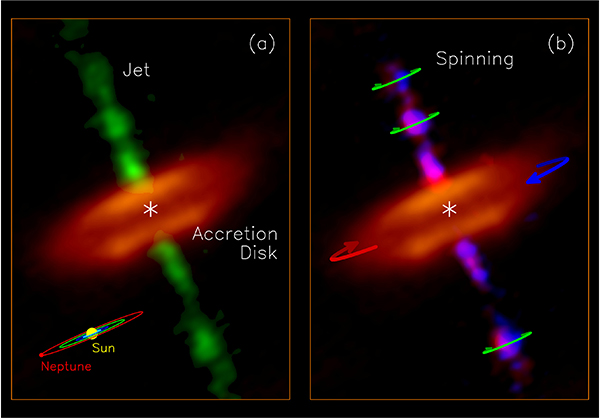
Newborn Star Gorges on a 'Space Hamburger,' Belching Spinning Jets
By Ian O'Neill published
Astronomers have observed the eating habits of a protostar — and like any youngster, it has an affinity for fast food.
Get the Space.com Newsletter
Breaking space news, the latest updates on rocket launches, skywatching events and more!
